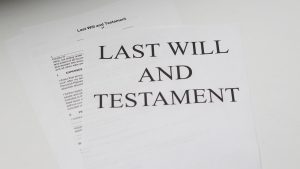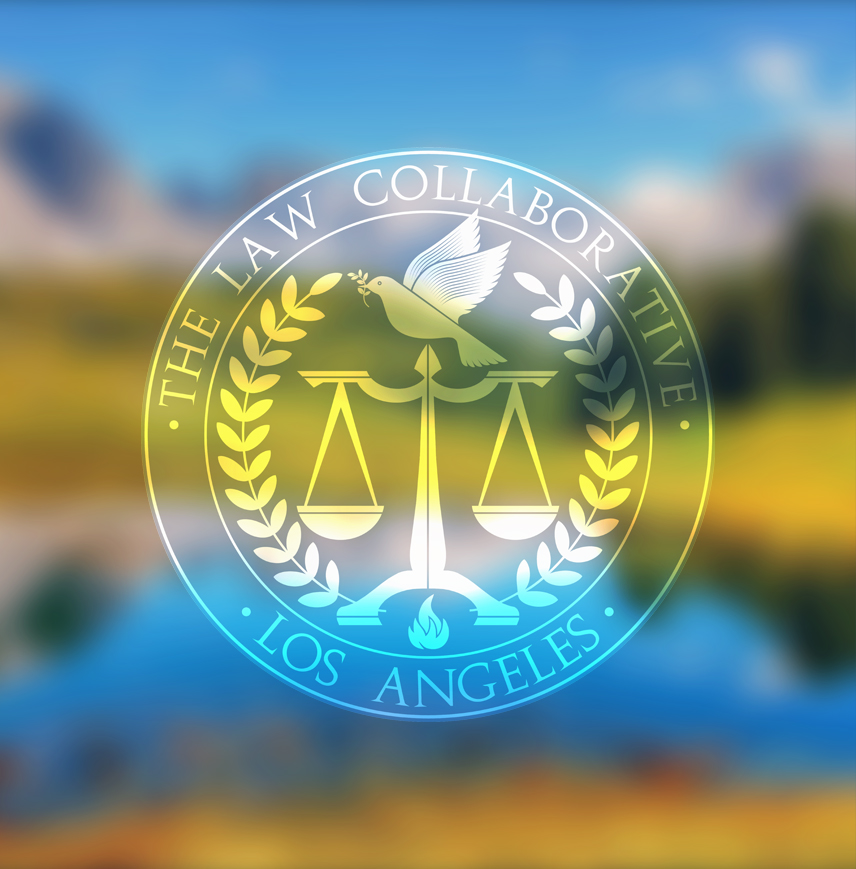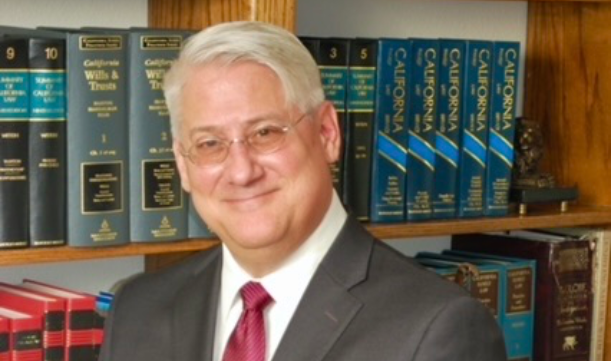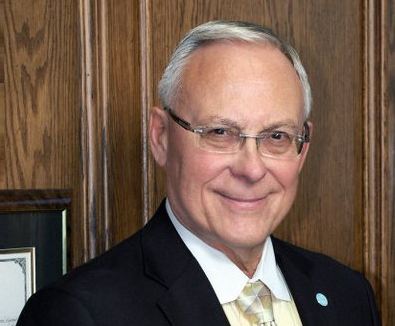The Academy rightly takes pride in the development of the Bounds of Advocacy, which challenges the traditional notion of vigorous advocacy to be regarded within the frame work of alternative dispute resolution, now being referred to by some as Appropriate Dispute Resolution. It raises new important questions such as: Are we serving our clients or are we merely serving ourselves? Do we listen to what our client’s needs are or are we more interested in imposing our own values and the whim of our legislatures and judges on families and children? Do we remain objective, unconnected, serving our clients in terms of their best interests, or are we bringing in our own personal agendas to their problems. Are we successful in rising above transference and counter-transference in dealing with client’s caught in their intense emotional agendas? Are we being a part of the solution or are we becoming a part of the problem?
Vigorous Advocacy has become our comfortable friend. We have no difficulty bringing vigorous advocacy to bear in asserting our representation for our client. When arbitration was first introduced as an alternative to litigation it had no affect on vigorous advocacy. We took advocacy out of the court room and put it in a hotel room or library and we went about our business as usual. That was familiar, comfortable and required little effort on our part.
Then in the 70’s, along came Mediation. Many saw it as an answer to the rancor and hostile combat some of us had experienced under the aegis of vigorous advocacy, all the while our British brethren looked at what we had done and where we had taken vigorous advocacy and shuddered with appalled horror. We even saw distinguished Family Law lawyers duking it out in courtrooms. One Family Law lawyer in Los Angeles was shot to death in his own back yard, in broad daylight (though it probably wasn’t a lawyer that shot him).
Mediation by definition was non-adversarial. That meant that lawyers that wanted to be mediators needed to re-tool, learn new skills, give up advocacy for the parties and learn a new technology that included the tools of the mental health professionals, such as active listening, reflective feedback, reframing, and the art of holding the opposites. Not all lawyers wanted to do this, not all lawyers were able to do this. Many did, many did not. What was unfortunate was that in this process, because of our addiction to hierarchal thinking, some of us came to believe that others of us were less than they were, if any of us showed any interest in empathic, nurturing, caring emotional agendas “the antithesis of combat, but inherently a part of our conciliation,” we must be going soft in the head. We must be losing our nerve. We must be less than we had been in order to do this new kind of soft work.
Combat is hard. There is no room for compassion in combat. Those that go there are committing to failure on the battlefield of no-holds-barred combat. So, it’s either fight of fail. And if you can’t fight you are a failure, unless you master and practice litigation-style Dispute Resolution, you are not a real lawyer. Some among us even wonder if the Academy should tolerate non-adversarial lawyers among it’s fellows.
Ethics and our hope to preserve families and protect children compel us to take a harder look at these assumptions as ADR spreads, expands, evolves. And rightly so, if we are to live up to our claims of professional commitment to families and to improving the quality of service to the community in the area of family law.
So, mediation caught on. It became mainstream. The courts embraced it with enthusiasm. The legislatures were quick to add it to the statutes and many lawyers went back to school to begin learning new words borrowed from the tool-box of their mental health professional colleagues. They created new brochures, cards, and stationary and added mediation to their menu of family law practice. Some even gave up litigation all together in favor of an all ADR practice. Some of those are among us even today.
And now comes Collaborative Law. What on earth is that? Some say it’s a ploy, a trick, a gimmick, an unethical plot on the part of lawyers to make more money, swindle clients and run up fees, all the while seducing clients into believing they are doing ADR. A quick trick for turning a fast buck. A wolf in sheep’s clothing, not what it’s presented as, at all.
It’s a fact that many more Fellows than we know are actively involved in Collaborative Law, teaching, training, practicing and preaching all across the country. The Wall Street Journal reports that Collaborative Law is being used in 35 states and three provinces of Canada. Our most recent survey tells us that more than a third of those responding to the survey reported an active Collaborative practice. More than 70% reported an interest in learning more about Collaborative Law.
So, what is Collaborative Law really, and what are the ethical issues in this new model of Dispute Resolution? One of our Fellows has suggested that we think of ourselves as the high priests of Marital Dispute Resolution, rather than as warriors or gladiators. If we think of ourselves as ReSolutionists, committed to helping families in crisis find solutions, solve problems, reorganize and redesign, we need to alter our image, our appearance, and even our vocabulary.
This current phenomenon of the new development in ADR is a reflection of a society’s ongoing disappointment, distrust and angst arising out of combat-based Dispute Resolution. If I were to ask all of the Fellows assembled here “How many of you think we have designed the best possible model for resolving family conflict,” few would raise their hands. In fact, I asked that question of approximately 200 Family Law lawyers in Southern California at a recent California Bar Convention. Not one hand went up. Ask that question of your colleagues. Ask that question of your clients. I believe we still face the challenge of forming a better solution. Collaborative Law may be it, or it may be something else. But, we can’t turn our backs on the need.
Think of Collaborative Law as Conjoint Mediation. As lawyers embraced Mediation, they opted for a new process that has now been determined not to be the practice of law. Collaborative Lawyering brings lawyers back into the ADR arena, only now they engage in interest based bargaining collaboratively, collectively, cooperatively. No threat of litigation is present to any degree. The parties retain the right to litigate under a limited scope retainer that compels the lawyer to settle the case to the satisfaction of their client, or they lose both the case and the client. This means that lawyers are again practicing law in the area of Appropriate Dispute Resolution and all of the rules of professional conduct fully apply.
The climate of the process, however, is dramatically different. Each party and each attorney take an oath in front of each other to scrupulous, uncompromised honesty, voluntary, full disclosure and a total commitment to seeking a joint solution that is family centered and child friendly. The commitment to children, confidentiality, vigorous advocacy, and the attorney-client privilege are now seen through the prism of mutuality. Lawyers as counselors raise the level of professional awareness of each of the counsel and of the parties to all of the issues and each option. They add to the pot by including matters of interest to the parties that may not be permitted as a matter of law in the courts of the particular jurisdiction.
In one recent case a lifetime of spousal support was traded for an unequal division of actual property. In another the parties gave up rights to provide options for adult children. The possibilities of creativity and imagination are virtually limitless.
When lawyers moved from advocacy to neutrality, the ethical concerns made an important shift. The mediator is duty-bound to absolute neutrality and the absence of any appearance of bias. Vigorous advocacy has become an umbrella for almost any conduct short of illegal means to accomplish the objective. How does Collaborative Law fit in? It presents advocacy in a new light. The advocacy is to the process, to the team, to the children, to the family, and to the client so long as their interest is child-centered and family-focused. Pauline Tessler, in her Collaborative Divorce training stresses the durable power of attorney approach to representation.
Advocacy has it’s bounds in the client representation made clear at the outset, when the client is advised that this unique form of attorney-client relationship rises above the demands of the shadow personality lurking in the heart of every party to divorce. When retained by Dr. Jeckyl, the clear distinction is made that Edward Hyde is not included in the agreement. When and if he appears further representation is declined. Edward Hyde is defined as the party who wants what he wants, regardless of the effect it will have on the children and the reorganization plan. The only appropriate focus, and one in which everyone can benefit and no one is unduly punished or penalized. This approach makes a different demand on the commitment of the parties. The advocate must advise the client that vigorous advocacy is defined differently at the outset. There is always the opportunity to recant. The party never gives up entirely his right to litigate. He merely gives up his right to use his counsel as an instrument of destruction when that was not the intention of the parties at the beginning. The client may still retain a gladiator to carry his spear and ride forth in the arena of combat if he so chooses.
If this is clearly explained to the client at the beginning and he accepts fully this unique new form of representation, he understands that the limited scope of client representation is intended to protect himself and his family from the shadow side of his own personality that may emerge at some point in the future, intent on the destruction of the family in the wake of having his own way at any cost. This is the essence of the holding of the opposites that proves so difficult for lawyers trained in traditional litigation skills. We’re so instinctive in our response on behalf of our clients, we find it difficult to hold the opposite view of the family, the children, the positive reorganization design that most reflects the best possible win-win alternative. We are prone toward either/or hierarchal thinking patterns of black and white, good or bad, right or wrong, yes or no.
The idea of this for that structured, negotiated, alternative scenario requires much more creativity, imagination, and contemplative energy than we are accustomed to in the ordinary course of our practice. Power-based bargaining, positional bargaining is much more familiar to us than interest-based bargaining. We’re not even sure we know what that means. The idea of seeking and finding solutions, putting all of the interests of each of the family members in the equation is challenging to say the least. Yet, that is the demand of the more recently evolved forms of ADR. And this poses a new set of ethical issues that must be addressed. What are the bounds of advocacy? How do they apply? Do they apply at all?
The answer lies in an understanding of the critical distinctions between the different competing approaches. When you litigate or arbitrate your primary loyalty is to your client. When you mediate your loyalty is to neutrality and safety, so each party feels as though their needs are being met. When you collaborate you have loyalty to your client and to the process. If there is any conflict between the two, you must discuss it with your client to find out if the conflict is yours or his. If the conflict is yours, you must discuss it with him to let him know why you are feeling the way you are. If the conflict is his, you need to understand the nature of the conflict to determine whether it can be resolved within the process, or not. If it can, then you can move on. If it cannot, then he must move on outside the process.
This can happen, but rarely does. In litigation and arbitration, you must always keep your clients confidences with only limited exceptions in the most extreme circumstances. In mediation, confidences may be revealed in a caucus and they may be encouraged to be shared, but they may not be disclosed without consent. In Collaborative Law you must also maintain confidences, but you must teach your client that openness is more likely to be in their best interest, and no confidence can be kept that may violate the duty of full disclosure that is the bedrock condition of the collaborative process.
In litigation and arbitration you must posture and take strategic positions on behalf of your client, if that is what he insist you do to accurately represent his interests. In mediation there is no client for whom you must posture or strategize. In Collaborative Law all meetings are open and honest. There is no reason for anyone to posture or strategize. In litigation and arbitration you are bound to get the most for your client, regardless of fairness. In Mediation you leave what is acceptable up to the parties. Your own sense of fairness is immaterial. In Collaborative Law you need to understand your clients point of view with regard to what is fair and teach him how to negotiate for this, while taking into account the other side’s view of fair. Fair is relative to whose point of view you take. The goal is to find fair from both points of view. This critical distinction points at the role of the collaborative lawyer as counselor and mentor. This allows the more mature, experienced Family Law lawyer to model behavior and conduct that facilitates Dispute Resolution, conflict avoidance and crisis management. This is a new role for Fellows in the Academy who are ready for an opportunity to participate in a change in the approach to Dispute Resolution for which they are uniquely qualified and positioned.
Much has to be done, much has to be learned, fuller exploration is needed, cooperation is encouraged, participation is optional. But if the Academy is to remain at the forefront of developing technology, then now is the time for us to take the lead, in exploring, educating, and researching design. The ethical concerns are paramount, but who better then the Academy to determine and define the bounds of advocacy for this new evolving opportunity in appropriate dispute resolution?













